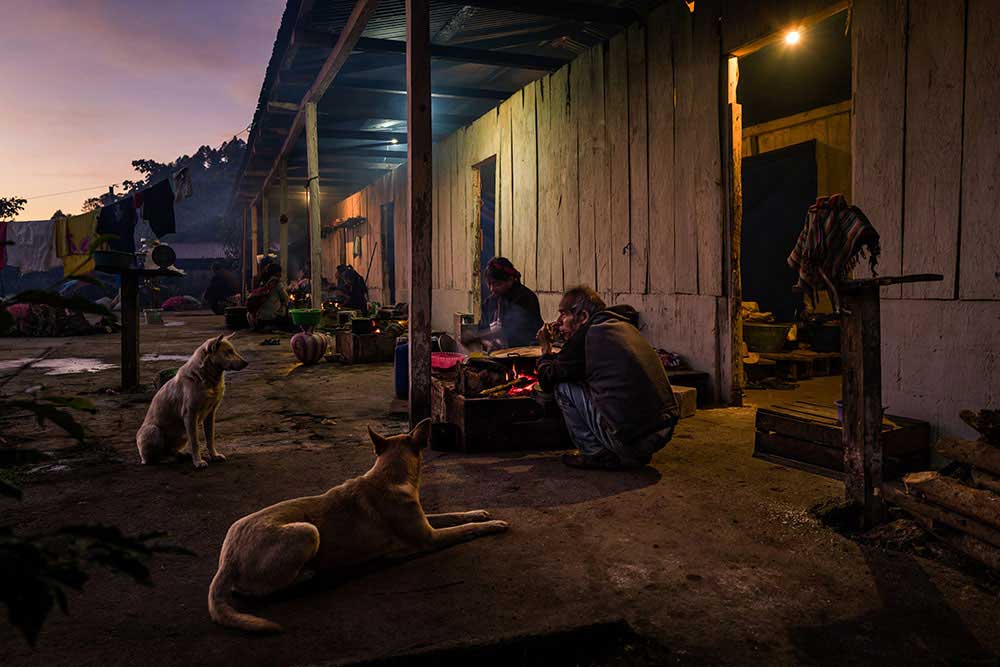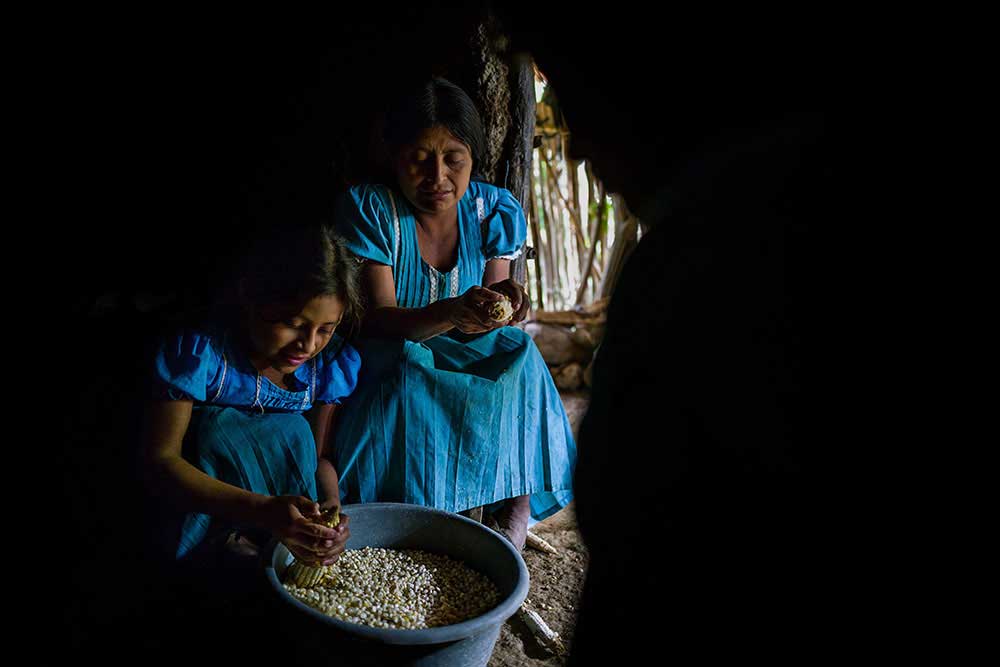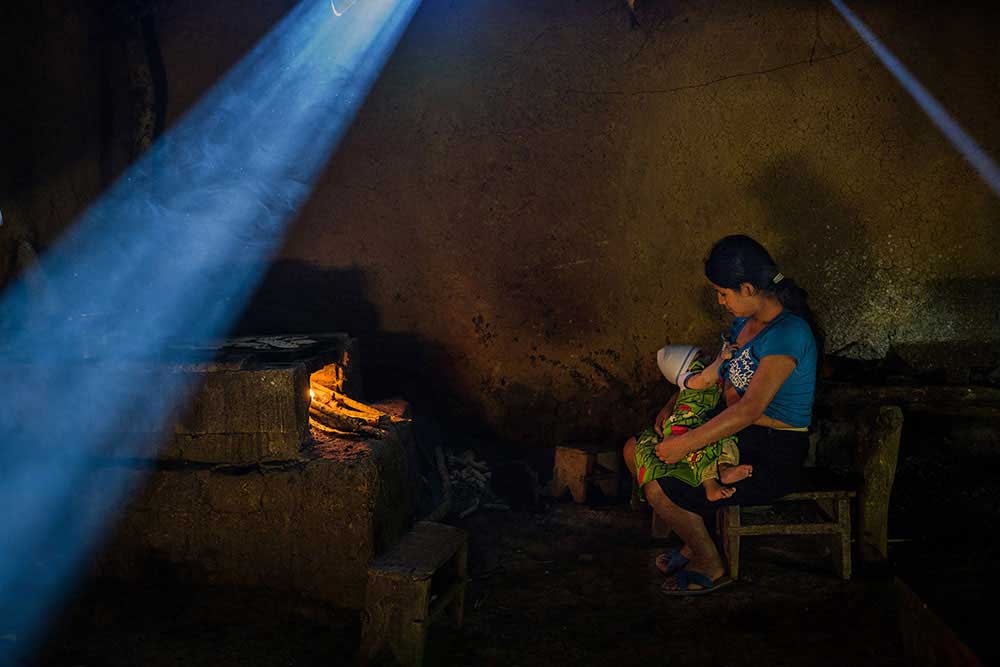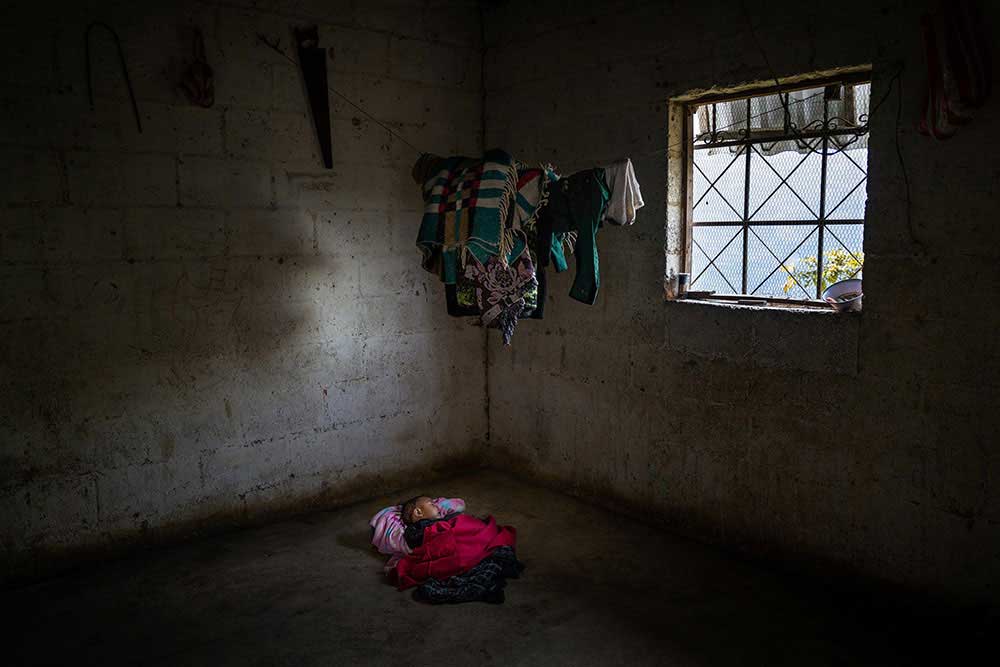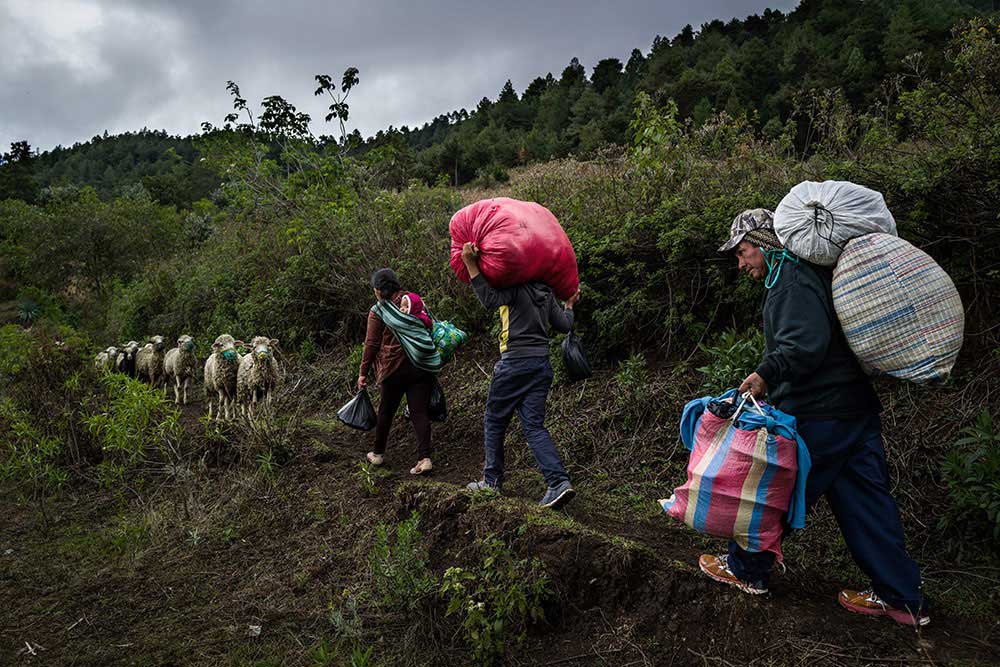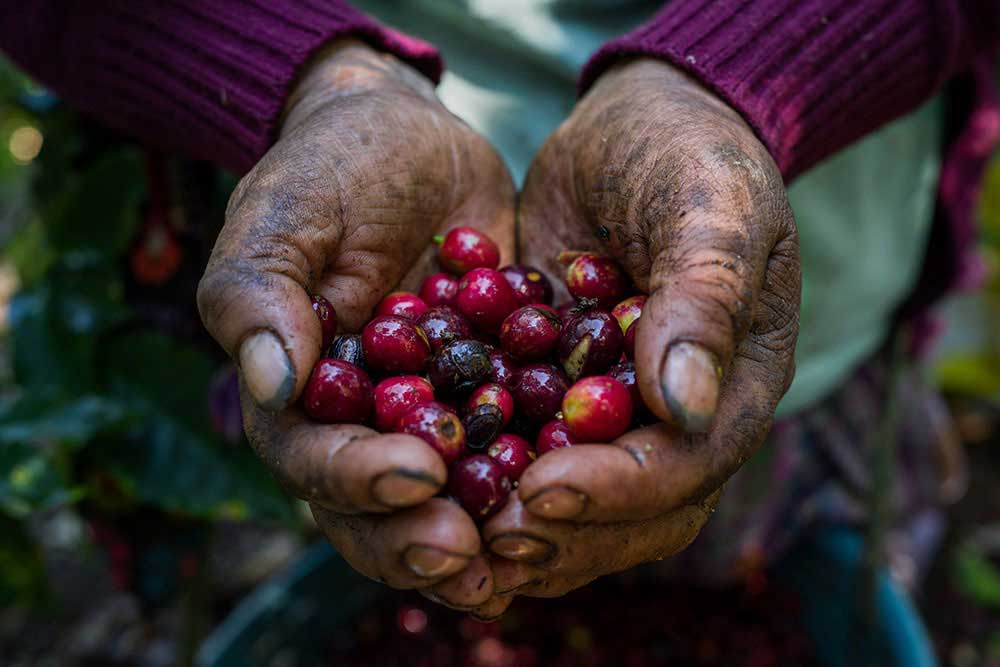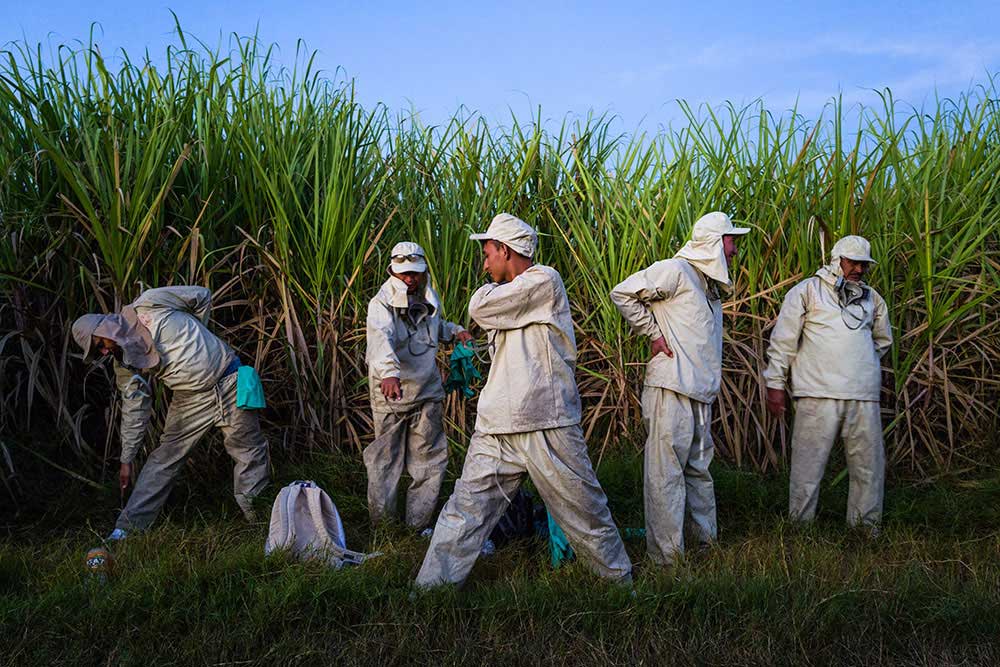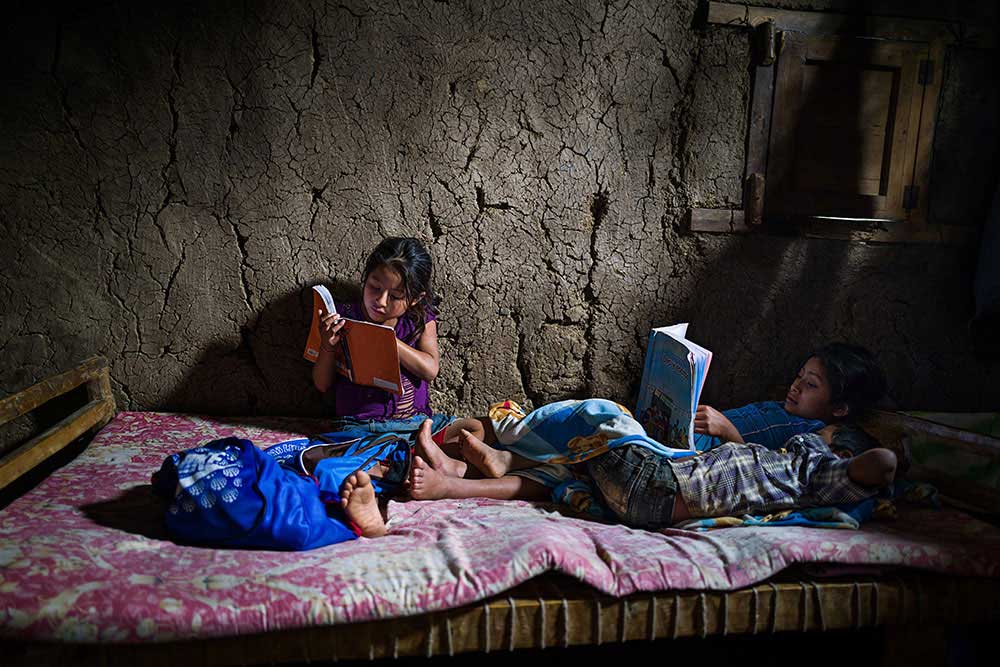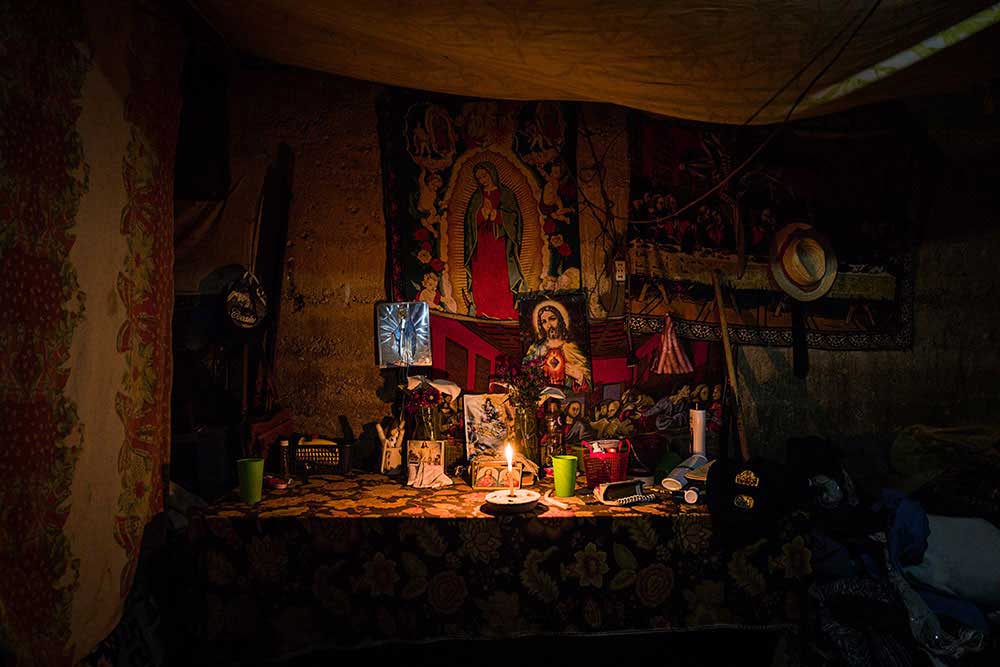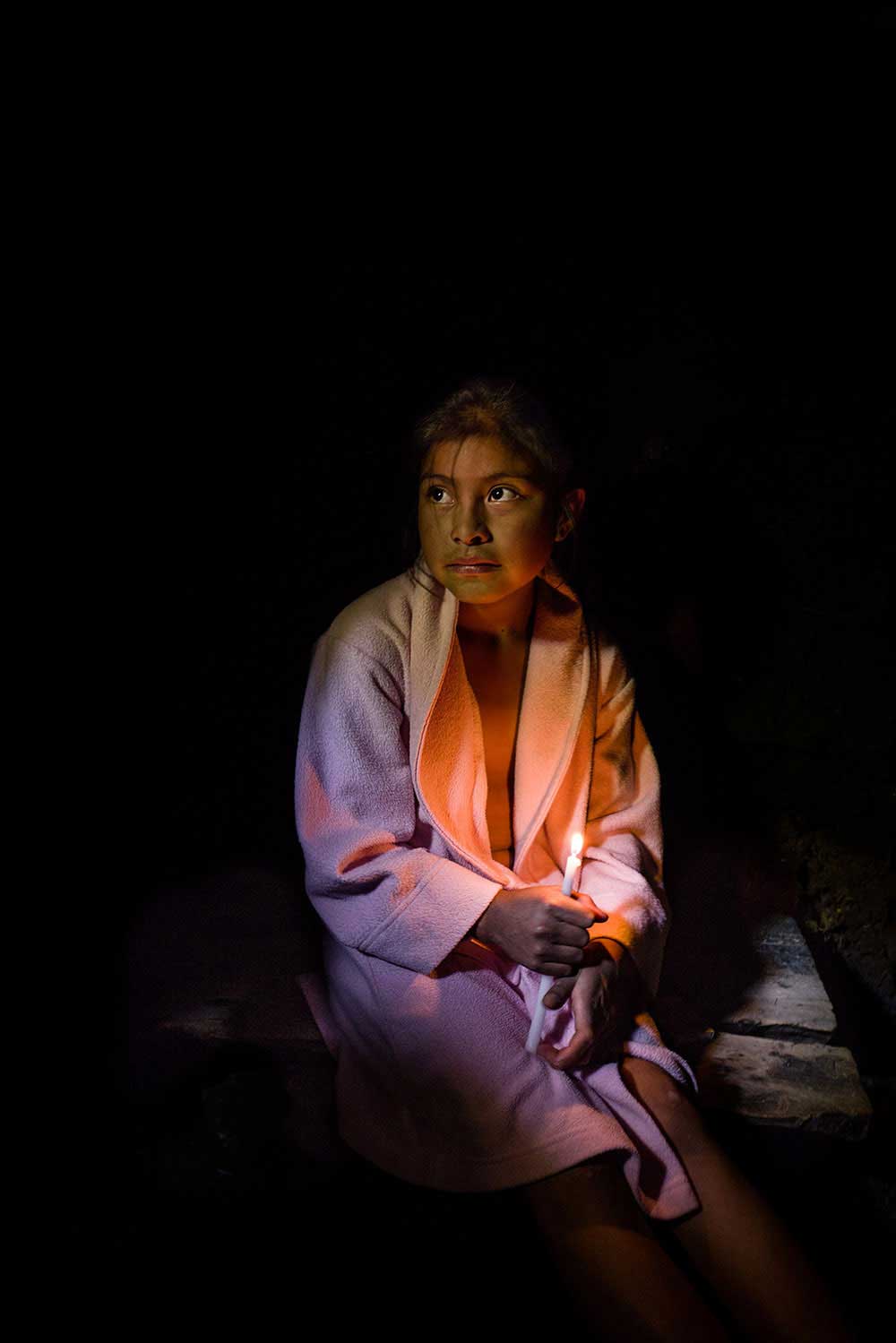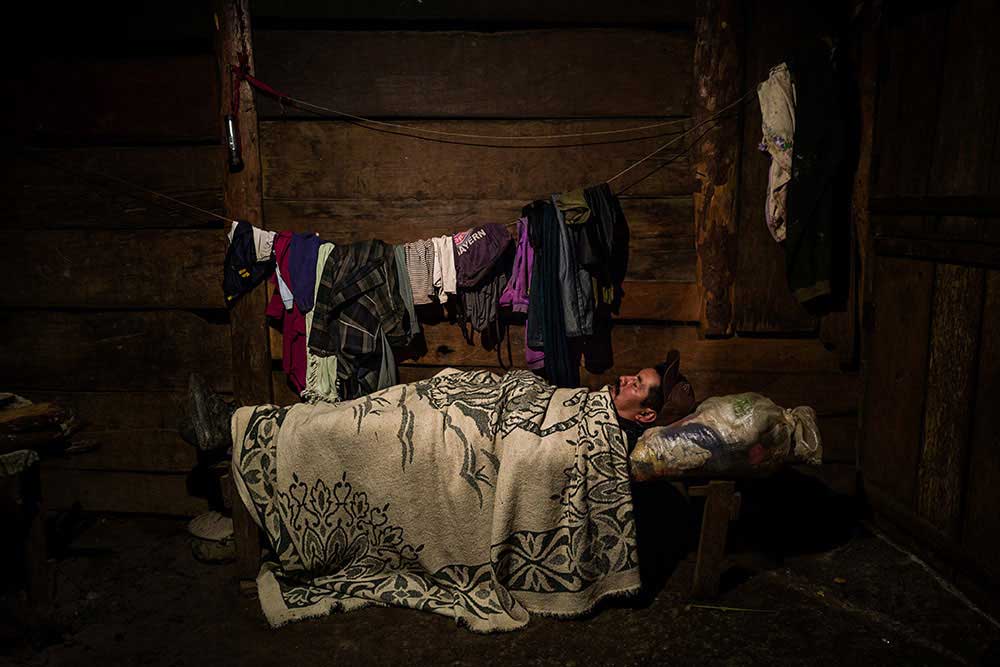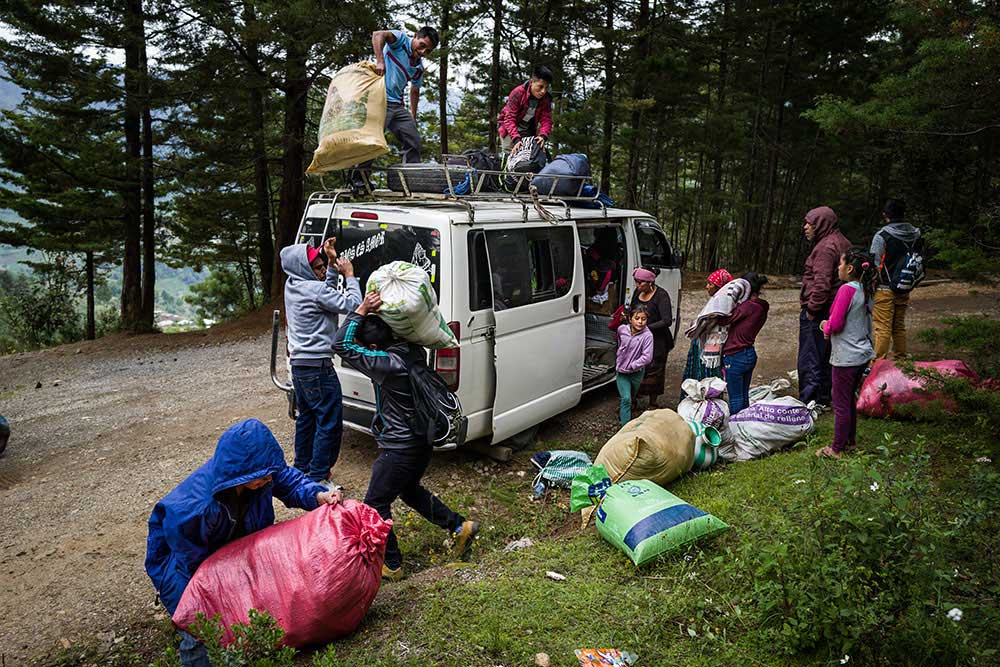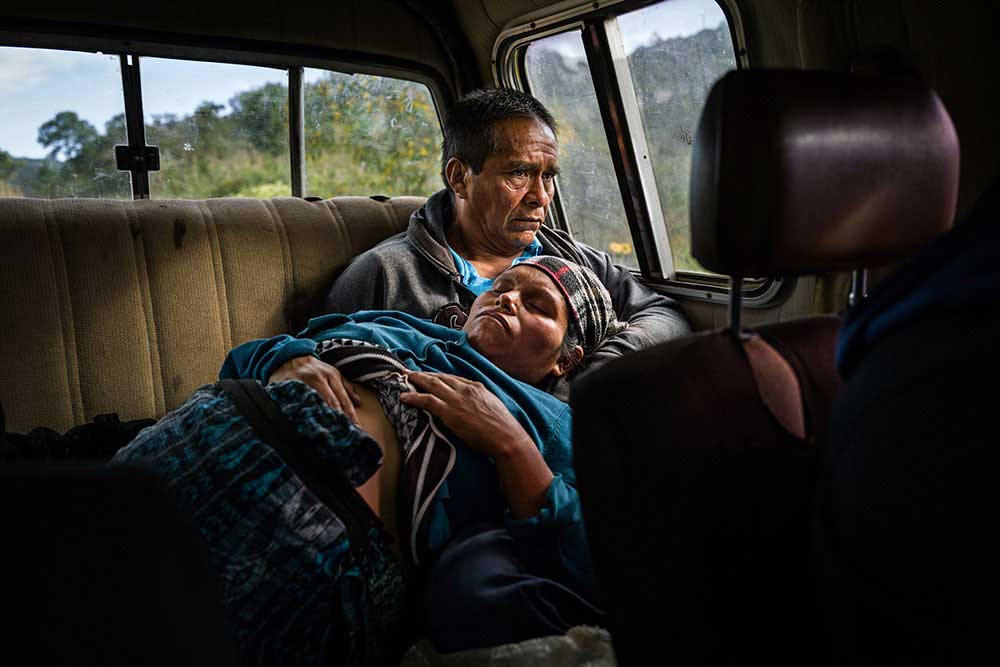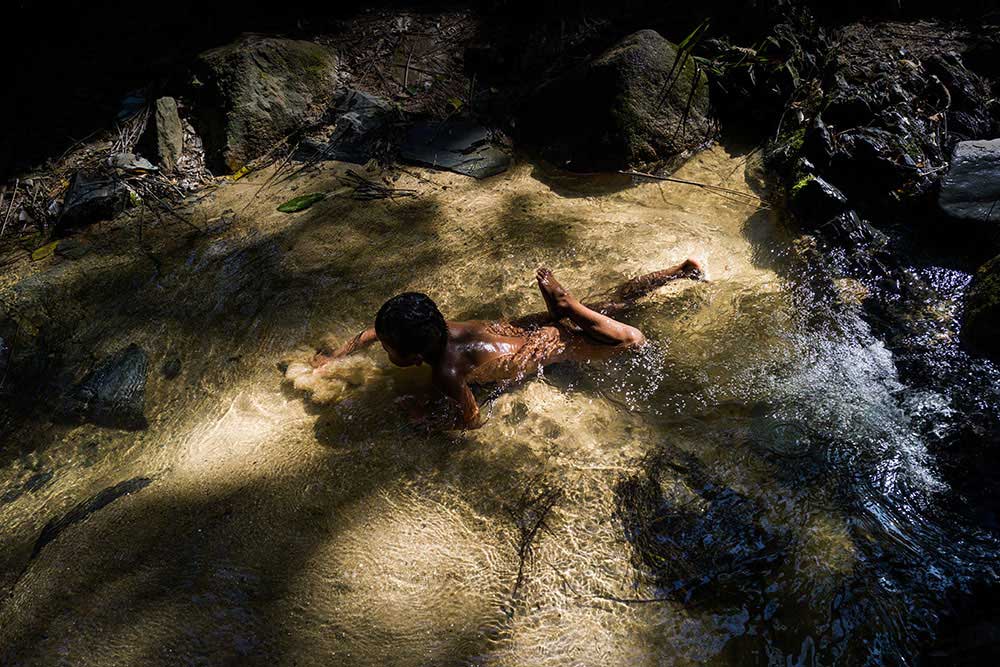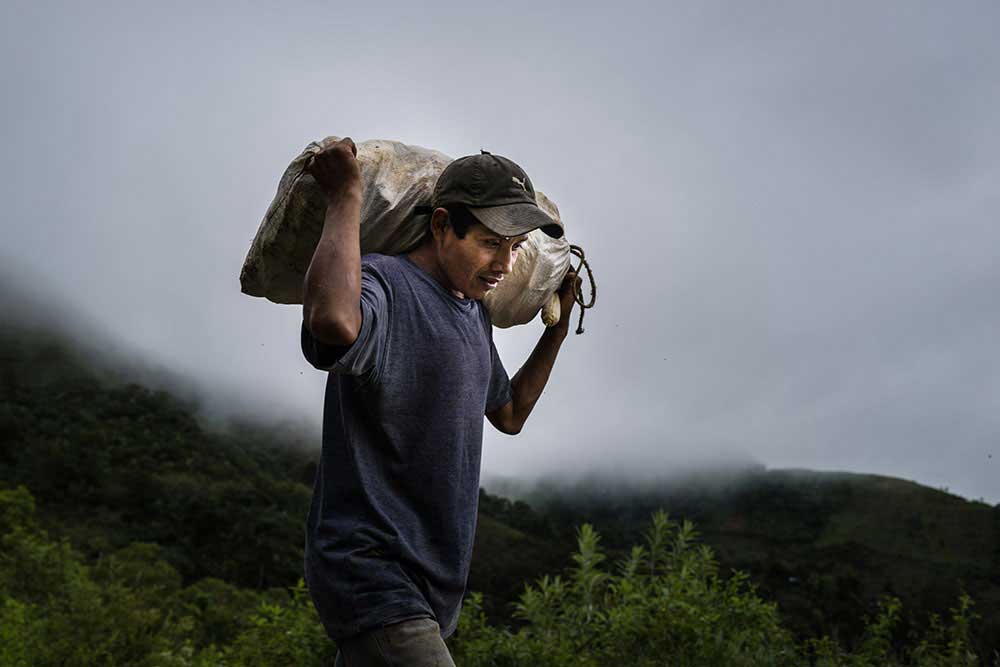I should say, from the beginning, that I have never witnessed the Guatemalan gang war. I have never seen anyone dismembered on the streets of the capital. I have never had a gun pointed at my face; I have never feared for my life.
No, for me, criminal violence in Central America was something that happened very far away and that explained, according to the media, the gigantic caravans of migrants that from 2017 began to travel thousands of kilometres to reach the United States. I did not go to Guatemala until the spring of 2018 on a humanitarian assignment to document food insecurity in the indigenous communities of the highlands. For a month I heard stories of discrimination, drought and hunger. I saw children die, not from a stab, but from malnutrition. The parents told me that there was only one option to escape poverty: migration.
I felt compelled to go back, to do everything I could as a journalist to document that other struggle for the survival of the indigenous people. I started this documentary photography project to try to capture the images that are the all-too-often forgotten companions of the vivid pictures of the gang conflict or the impressive avalanches of migrants fleeing north. I went with the conviction that criminal violence is only half the story that explains the reason for the Central American exodus. I believed, and still believe, that various types of violence persist in Guatemala today and there is one less visible, but as newsworthy, if not more so, than the blood and horror of the gangs. I went with the desire to contextualize the great climate migration that has begun.
Over the last year, I have worked with two Mayan communities to create a record of daily life – their beliefs, hopes and struggles. I developed an intimate relationship with its people and I discovered that malnutrition is not only widespread in Guatemala, which has the highest rates in Latin America, but has enormous consequences for individual and collective survival. Children suffering from malnutrition experience physical and cognitive constraints, which leads to perpetuating the cycle of poverty.
I want to tell why those parents say goodbye to their family with tears before embarking on the trip to the United States, why there are unaccompanied children who throw themselves into hell. I want to tell the absence of those who left and the embarrassment of those who are deported for not meeting the asylum requirements. I want to tell the story about the business of the coyotes who profit from the misery of their fellow citizens and how the remittances of those who crossed the border served to save their children from extreme poverty. I want to tell the story of the aftermath of climate change and hunger. I want to tell it all.
About Lys Arango
Lys Arango is a Spanish documentary photographer and writer. She lives where she works, but currently is based in Paris. Graduate in International Relations and a Master’s degree in journalism, she develops long-term documentary stories exploring photography, text and sound, as tools to bridge humanitarian issues, migration, daily life, and explore how they converge in a historical and cultural context.
Driven by research-led, self-initiated projects, Lys seeks to fully understand the lives of those she captures in order to portray them as truthfully as possible. Perceiving time, trust and understanding to be the key elements to achieving this, her personal projects develop over the years. [Official Website]



